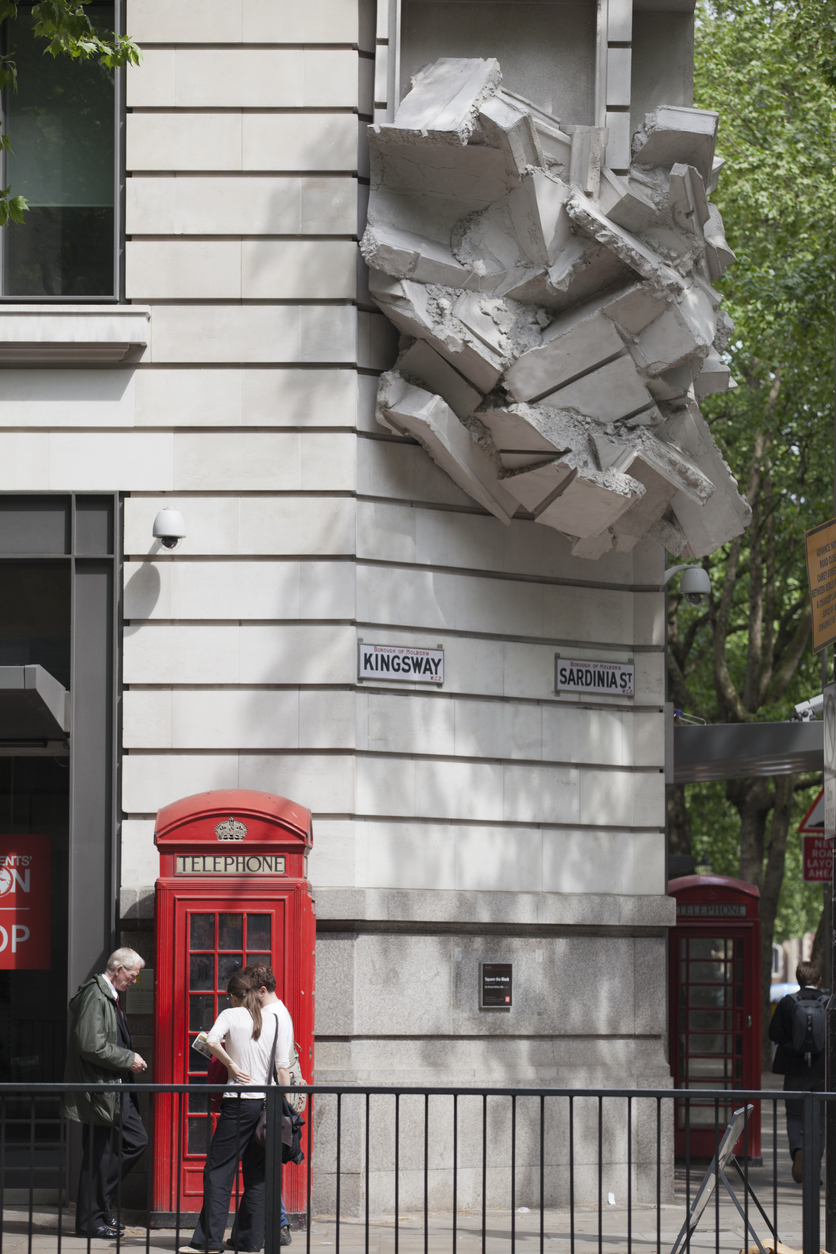Are California homeowners entitled to collect actual cash value (“ACV”) or replacement cost values (“RCV”) for property claims? It depends on what type of policy you have and whether you suffered a total or partial loss of your property. What’s more, in a few weeks, the California Assembly may vote to change existing law. To understand what homeowners are entitled to, we must first determine whether the policyholder has purchased an RCV or ACV policy and to analyze impact of depreciation.
For many California property owners with open policies1 providing for replacement costs, the answer relatively straightforward: they may be entitled to replacement cost values, only if they actually repaired the damages. Calculation of RCV “is the expense to the insured of replacing the thing lost or injured in its condition at the time of the injury.”2 Each policy’s replacement or repair cost is based upon the size of the home, the quality of materials and other construction features. Still, most, if not all policies allow the homeowner to recover on ACV (the “fair market value not replacement cost less depreciation”3) at first, and later claim the RCV by satisfying the conditions of coverage, usually to perform the repairs or replacement within a set amount of time after payment of the ACV. This is inherently unfair to some policyholders if the ACV would not allow them to repair or replace the property.
Policyholders are further frustrated because many if not all of these policies allow for depreciation. The amount of payment on claims is reliant on how depreciation is calculated during a claim. A depreciation adjustment is only proper for property normally subject to repair and replacement during its useful life (including components of a structure) and must be attributable to the condition and age of the property. California’s Fair Claims Settlement Practices Regulation 2695.9, subdivision (f)(1) explicitly incorporates section 2051 into the standard form policy, provides some guidance. The regulation states:
Under a policy, subject to California Insurance Code Section 2071, where the insurer is required to pay the expense of repairing, rebuilding or replacing the property destroyed or damaged with other of like kind and quality, the measure of recovery is determined by the actual cash value of the damaged and destroyed property, as set forth in California Insurance Code Section 2051. Except for the intrinsic labor costs that are included in the cost of manufactured materials or goods, the expense of labor necessary to repair, rebuild or replace covered property is not a component of physical depreciation and shall not be subject to depreciation or betterment.4
Of course, even with these guidelines, disagreements regarding the calculation of depreciation are often litigated or subject to appraisal. These concepts are discussed further in a post by Dan Veroff of our California office.
However, for California policyholders with actual cash value policies,5 many of which are issued by the California FAIR Plan Association,6 California’s insurer of last resort, total and partial losses are valued differently. Currently, ACV policyholders in California who suffer a total loss7 of their property are entitled to the fair market value (the “actual cash value”) of their home at the time of the loss, up to the policy limits.
Determining fair market value is generally straightforward; it is the “the price that a willing buyer would pay to a willing seller, neither being under any compulsion to sell or buy.”8 Factors such as “age, condition, fitness for the buyer’s purpose and similar considerations, would be relevant” in assessing fair market value.9 In the past, as previously discussed on this blog, insurers in California have taken liberties with interpreting what actual cash value meant.10, 11 In most cases, fair market value generates a quick payment and will only hurt policyholders when the local housing market is economically depressed, which is not the case in California.
However, that may soon change. In a few weeks, the California State Assembly will vote on whether to amend California’s Insurance Code section 2051, subd. (b) for total loss claims on ACV policies.12 Assembly Bill 188 would delete the provisions regarding actual cash value on total loss claims and replace it with the same provisions utilized when only a partial loss to the structure or its contents occurs. In cases of partial losses, ACV policyholders with open policies are entitled to the “replacement cost value,” that is the cost to repair, rebuild or replace the structure or contents loss, less a fair and reasonable deduction for physical depreciation, or the policy limit, whichever is less.13
The change would affect how insurer’s calculate policy benefits on total loss claims on ACV policies. The good news is that many homeowners will do better receiving replacement cost value over actual cost value (up to policy limits). Total losses will result in an entirely new building being built or the property being replaced with a new version, based on the current costs of materials, labor, profit, inflation, etc. With the recent spate of California wildfires, construction costs have gone up significantly, and in most cases, quickly exceed the actual cost value of the destroyed structure.
The bad news, however, is that it would allow insurers to take liberties with depreciating total losses.14 The main problem will be how insurers calculate depreciation when a home has been totally destroyed, because it would be impossible determine the condition of the home without being able to see it anymore. The standard insurers should use is physical depreciation not age. Insurers will try to rely completely on age of a structure, which can be misleading. For example, you can have an older home maintained in meticulous condition considering certain building components can last a lifetime, but you can also have a newer home with significant depreciation. In this light, the proposed change would rationalize delay by insurers because agreeing upon depreciation amounts is more difficult to agree upon than fair market value.
California’s Assembly Bill 188 will be heard by the assembly insurance committee on April 3, 2019.
___________________________________________
1 Policies are either “open” or “valued.” An “open policy” is one in which the value of the insured property is not determined until after a loss occurs.
2 California Insurance Code section 2051, subd. (a).
3 Cheeks v. California Fair Plan Ass’n (1998) 61 Cal.App.4th 423, 426.
4 Cal. Code Regs., tit. 10, § 2695.9, subd. (f)(1).
5 See California Insurance Code section 2051, subd. (b)(1).
6 FAIR is an insurance industry placement facility and joint reinsurance association created by the Legislature in 1968 to ensure that homeowners who live in high risk or otherwise uninsurable areas have access to basic property insurance. St. Cyr v. California FAIR Plan Assn. (2014) 223 Cal.App.4th 786, 792–793, 167 Cal.Rptr.3d 507; §§ 10090–10091.
7 For a definition of what is a “total loss,” see Williams v. Hartford Ins. Co. (1880) 54 Cal. 442, 450–451, finding that: “A total loss does not mean an absolute extinction. The question is not whether all the parts and materials composing the building are absolutely or physically destroyed, but whether, after the fire, the thing insured still exists as a building. Although you may find the fact that after the fire a large portion of the four walls were left standing, and some of the iron-work still attached thereto, still if you find that the fact is that the building has lost its identity and specific character as a building, you may find that the property was totally destroyed within the meaning of the policy.”
8 Jefferson Ins. Co. v. Superior Court, 3 Cal. 3d 398, 402, 90 Cal. Rptr. 608, 610, 475 P.2d 880 (1970).
9 Cheeks v. California Fair Plan Assn. (1998) 61 Cal.App.4th 423, 429, 71 Cal.Rptr.2d 568.
10 https://www.propertyinsurancecoveragelaw.com/2016/04/articles/insurance/depreciation-of-property-to-determine-actual-cash-value-is-different-in-california/
11 https://www.propertyinsurancecoveragelaw.com/2015/01/articles/insurance/calculating-actual-cash-value-part-2-california/
12 http://leginfo.legislature.ca.gov/faces/billTextClient.xhtml?bill_id=201920200AB188
13 https://law.justia.com/codes/california/2011/ins/division-2/2050-2060/2051
14 Cal. Ins. Code § 2051(b)(2); 10 CCR § 2695.9(b), (f); see Kirkwood v. California State Auto. Ass’n Inter-Ins. Bureau (2011) 193 Cal.App.4th 49, 54, 122 CR3d 480, 483.




